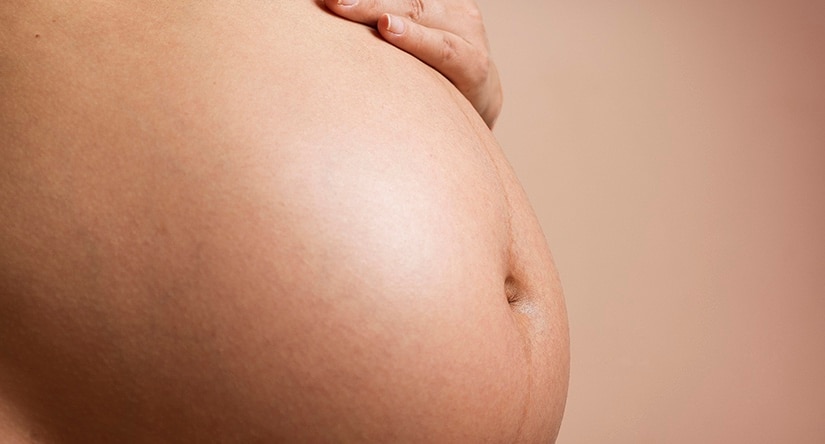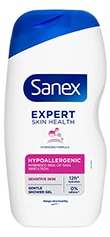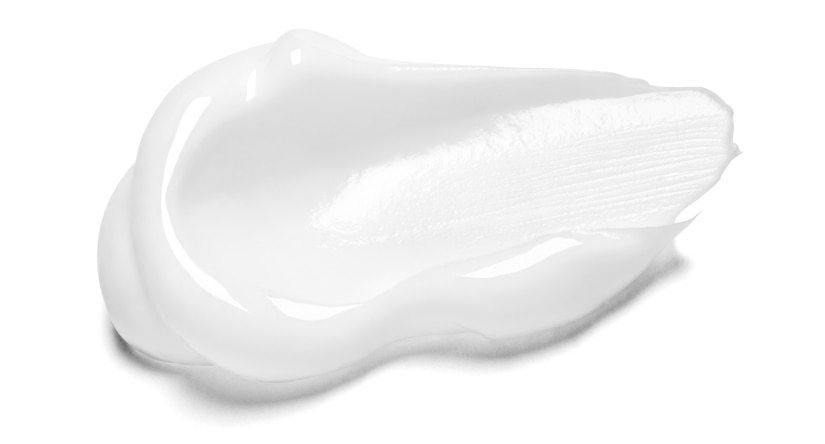Pregnancy Skin Care: The best skin care to use during pregnancy
During pregnancy, the body is flooded with a whole new range of hormones that can completely change the skin. While some women may enjoy the famous ‘pregnancy glow’, others can experience new issues such as melasma, sensitivity and hormonal acne. Read our simple guide to answer your most common concerns and learn how to address them.
Why does skin feel sensitive for pregnant women?
Pregnancy can be a time of heightened anxiety and, coupled with a new rush of hormones, the skin can become extra sensitive. In fact, some experts believe this is a woman’s way of protecting her body and baby from infection and disease. If your skin does feel much drier and sensitive, you should ensure that your skin care during pregnancy is soothing yet simple. Look for minimalist formulas that contain hydrating and gentle ingredients such as glycerine, shea butter and hyaluronic acid.
How can I prevent melasma?
As the skin can become more sensitive during pregnancy, it also increases photosensitivity (its reaction to the sun’s UV rays). This stimulates the skin’s pigment hormones which can cause melasma – a skin condition characterised by patches of discolouration. “Melasma, a condition where melanocytes create an increased amount of pigment for the skin, results from both photo exposure and oestrogen exposure,” explains Dr. Zac Handler, dermatologist consultant. “While not exclusive to pregnant women, the increased oestrogen production during pregnancy has led the condition to be nicknamed the ‘mask of pregnancy’ ”.

















